Cars
Mercedes-AMG ONE Is First Road Car To Lap Nurburgring In Under 6:30 Minutes
As you may remember, the Mercedes-AMG ONE was crowned the fastest production car on the Nürburgring-Nordschleife back in October 2022, with driver Maro Engel piloting the hypercar around the infamous track in a blistering 6 minutes 35.183 seconds.
But now, Maro Engel has beaten his previous best time in the AMG hypercar by over 5 seconds, with an officially measured and notarized time of 6:29.090 minutes for the 12.944-mile track. This makes the Mercedes‑AMG ONE the first road car to beat the magic mark of 6:30 minutes.
“We’ve held the record for road vehicles for almost two years now. But at AMG, we always want to push the boundaries of what is possible to the maximum or even push them a little further. That’s why we have once again demonstrated what is possible with the unique AMG ONE. The entire team has been rewarded for its efforts and commitment. I’m proud of this determined team effort and of this fantastic record time. Once again, we’ve impressively demonstrated the spirit and expertise of AMG,” said Michael Schiebe, Chairman of the Board of Management of Mercedes‑AMG GmbH and Head of the Mercedes‑Benz G‑Class & Mercedes‑Maybach divisions.
In order to achieve the lofty goals they had set for themselves, meticulous preparation was necessary. In addition, the track conditions had to be ideal in order to beat the 6:30-minute target. On September 23, 2024, at 6:56pm, on his third timed lap, Maro Engel achieved the new record. With temperatures of 59 degrees Fahrenheit (air) and 68 degrees Fahrenheit (asphalt), the legendary Nordschleife was dry throughout and offered perfect grip.
“Two years ago, the conditions were not ideal, and some sections of the track were still a little damp. We knew we could do more and wanted to show that. Now we were able to demonstrate the maximum potential of the AMG ONE. Many thanks to the whole team from Affalterbach for the trust they’ve placed in me. It was a great pleasure and honor to be able to drive this record lap with such a unique car,” said Maro Engel, Mercedes‑AMG brand ambassador.
The Mercedes-AMG ONE is a rather unique hypercar, as it’s essentially a street-legal F1 car, using much of the same technology from their racing efforts. Keep reading to learn more about how it all works in painstaking detail:
Fastest street-legal production vehicle
The Mercedes‑AMG ONE brings Formula 1 hybrid drive technology from the racetrack to the road for the first time. With 1 combustion engine and 4 electric motors, the E PERFORMANCE hybrid delivers a total of 1,049 horsepower, with the top speed capped at 218 mph. The other motorsport technologies range from the carbon monocoque and carbon body to the engine / transmission unit as a stressed member and active aerodynamics to the pushrod chassis. With its complex technology, the two-seater Mercedes‑AMG ONE offers even more than a Formula 1 racing car in some cases. It features the fully variable AMG Performance 4MATIC+ all-wheel drive with a hybrid-driven rear axle and electrically driven front axle with torque vectoring.
For the record drive, the maximum camber values within the delivery tolerance were selected. Maro Engel selected the “Race Plus” drive program. This results in active, maximum possible aerodynamics, tight chassis tuning, vehicle lowering by 1.5 inches at the front axle and 1.2 inches at the rear axle and, of course, full power from all motors. The Drag Reduction System (DRS) is activated by the driver by pressing a button on the steering wheel. This retracts the louvers on the front fenders as well as the upper aero element of the two-stage rear wing.
This system reduces drag, which ensures higher speeds on the fast sections of the track. In twisty sections, the aero elements extend again at lightning speed, which provides even more downforce. Engel also found further potential in the operation of the DRS system compared to his first record drive, in order to realize the capabilities of the AMG ONE even more perfectly.
AMG ONE customers can take advantage of all these variation options. This also applies to the MICHELIN Pilot Sport Cup 2 R MO tires, which are standard and were specially developed for the AMG ONE in collaboration with Michelin. The standard AMG ceramic high performance composite braking system ensures the highest possible deceleration and stability.
E PERFORMANCE hybrid drive from Formula 1
The E PERFORMANCE hybrid drive of the Mercedes‑AMG ONE comes directly from Formula 1 and has been realized in close cooperation with Mercedes‑AMG High Performance Powertrains in Brixworth. It consists of a highly integrated and intelligently networked unit comprising one hybrid, turbocharged combustion engine with a total of four electric motors. One has been integrated into the turbocharger, another has been installed directly on the combustion engine with a link to the crankshaft and the two remaining motors drive the front wheels.
The 1.6-liter V6 hybrid gas engine with electrically assisted single-turbocharging corresponds in its technology to the current Formula 1 power unit. The four overhead camshafts are driven by spur gears. To achieve high engine speeds, the mechanical valve springs have been replaced by pneumatic valve springs. The engine, mounted in mid-engine position in front of the rear axle, revs up to 11,000 rpm. However, for longer durability and the use of commercial super plus gasoline, it deliberately stays below the F1 rev limit.
Lightning-fast response with electric turbocharger
The high-revving power unit is boosted by a high-tech turbocharger. The exhaust gas turbine and compressor turbine are positioned at a distance from each other and connected by a shaft. This allows a lower installation position for the turbocharger. On the shaft is an approx. 121-hp (90-kW) electric motor. Electronically controlled, this drives the turbocharger shaft directly, accelerating the compressor wheel up to 100,000 rpm before the exhaust gas flow takes over. The Formula 1 designation for this unit is MGU-H (Motor Generator Unit Heat).
This improves response significantly, immediately from idle speed (when the exhaust flow is still weak) across the entire rpm range. The 1.6L V6 engine responds even more spontaneously to accelerator pedal commands, while the overall driving experience is highly dynamic. In addition, the electrification of the exhaust gas turbocharger enables higher torque at low engine speeds. This also increases agility and optimizes acceleration. Even when the driver takes their foot off the accelerator or brakes, the technology is able to maintain boost pressure at all times. This ensures a continuously direct response.
Turbocharger acts as generator
The electric exhaust gas turbocharger in the Mercedes‑AMG ONE has yet another advantage: it uses part of the surplus energy from the exhaust gas flow to generate electrical energy. This is either stored in the high-voltage lithium-ion battery or fed to the electric front axle or the electric motor (MGU‑K= Motor Generator Unit Kinetic) on the combustion engine. The MGU-K has an output of 161 hp (120 kW), is positioned directly on the combustion engine and is connected to the crankshaft via a spur gear system – tech that ensures maximum efficiency and performance in Formula 1.
Turbocharging and direct injection with spray-guided combustion not only enable high power output, but also increase thermodynamic efficiency, reducing fuel consumption and exhaust emissions. The high performance 6-cylinder engine has two injection systems. Direct injection delivers fuel into the combustion chambers at pressures up to 3,916 psi. This is a multiple process at times and is controlled by the engine management system as required. The additional port injection is needed to achieve the high specific power of the engine and at the same time comply with the exhaust emission limits.
Fully variable all-wheel drive with electrically driven front axle
Each of the two 161-hp (120-kW) electric motors on the front axle reach rotor speeds of up to 50,000 rpm. They are each connected to the front wheels via a reduction gear. The front axle, which is driven purely electrically, operates wheel-selectively in each case and thus enables individual torque distribution for particularly high driving dynamics (“torque vectoring”). In addition, the two electric motors also allow the braking energy to be optimally used for recuperation – up to 80 percent under everyday driving conditions. This energy is stored in the battery and is available for a longer electric range or for more drive performance. Each electric motor is controlled by its own power electronics located in close proximity to the electric motors in the floor assembly.
High performance battery with Formula 1 technology
The lithium-ion energy storage system is also a special Mercedes‑AMG development, using technology that has already proven itself in the Mercedes-AMG Petronas F1 Team’s Formula 1 hybrid race cars under the toughest conditions. The AMG High Performance Battery combines high power that can be called up frequently in succession with low weight to increase overall performance. Added to this are the fast energy draw and the high power density. This means that during a brisk drive over hilly terrain, for example, drivers can immediately call on the full power potential on uphill stretches, while recuperation is strong when driving downhill.
The arrangement of the battery cells and the cell cooling mirror the Mercedes‑AMG Formula 1 race car. For everyday use, however, their number is many times greater in the AMG ONE. The capacity of 8.4 kWh is sufficient for a purely electric range of 11.2 miles. Charging is via the integrated 3.7-kW AC on-board charger. In addition, the battery can be supplied with fresh energy via recuperation or from the combustion engine. The lithium-ion, high-voltage battery and the DC/DC converter supporting and charging the 12-volt onboard electrical system are accommodated in space-saving configuration in the vehicle floor behind the front axle.
Innovative direct cooling of the high-voltage battery
The basis for the high performance of the battery is the innovative direct cooling. A high-tech coolant flows around all the cells and cools them individually. Every battery needs a defined temperature for optimum power delivery. If the battery becomes too cold or too hot, it noticeably loses power at times, or has to be regulated to avoid damage if the heat becomes excessive. The even temperature of the battery therefore has a decisive influence on its performance, service life and safety.
The coolant circulates from top to bottom through the entire battery past each cell with the help of a high performance electric pump and also flows through a heat exchanger attached directly to the battery. The system is designed to ensure even heat distribution in the battery. The result is that the battery is always in a consistent, optimal operating temperature window of approximately 113 degrees Fahrenheit – no matter how often it is charged or discharged. It may well be that the average temperature is exceeded when driving at high speeds. The protection mechanisms are therefore configured so that the maximum performance can be obtained from the battery, with the temperature level subsequently lowered by direct cooling.
Only direct cooling makes it possible to use cells with very high power density. Thanks to this individual solution, the battery system is particularly light and compact. The low weight is also due to the material-saving busbar concept and the lightweight yet strong crash structure of the aluminum housing. It ensures the highest level of safety. Another feature is the high voltage of the drive system, which operates at 800 volts instead of the usual 400 volts. Thanks to the higher voltage levels it is possible to significantly reduce the cable diameters, for example, thereby saving design space and weight.
Intelligent operating strategies for optimum output and efficiency
All in all, the High Performance Plug-in Hybrid Drive System offers numerous intelligent operating strategies that are optimally adapted to different application scenarios. The drive programs range from purely electric operation to a highly dynamic mode (Strat 2), which corresponds to a setting used in Formula 1 qualifying for the best possible lap times. Despite the high system complexity, the driver will always receive the optimal combination of performance and efficiency, depending on the current requirement.
Congrats to Mercedes-AMG for this massive achievement, it’s going to be hard to beat!

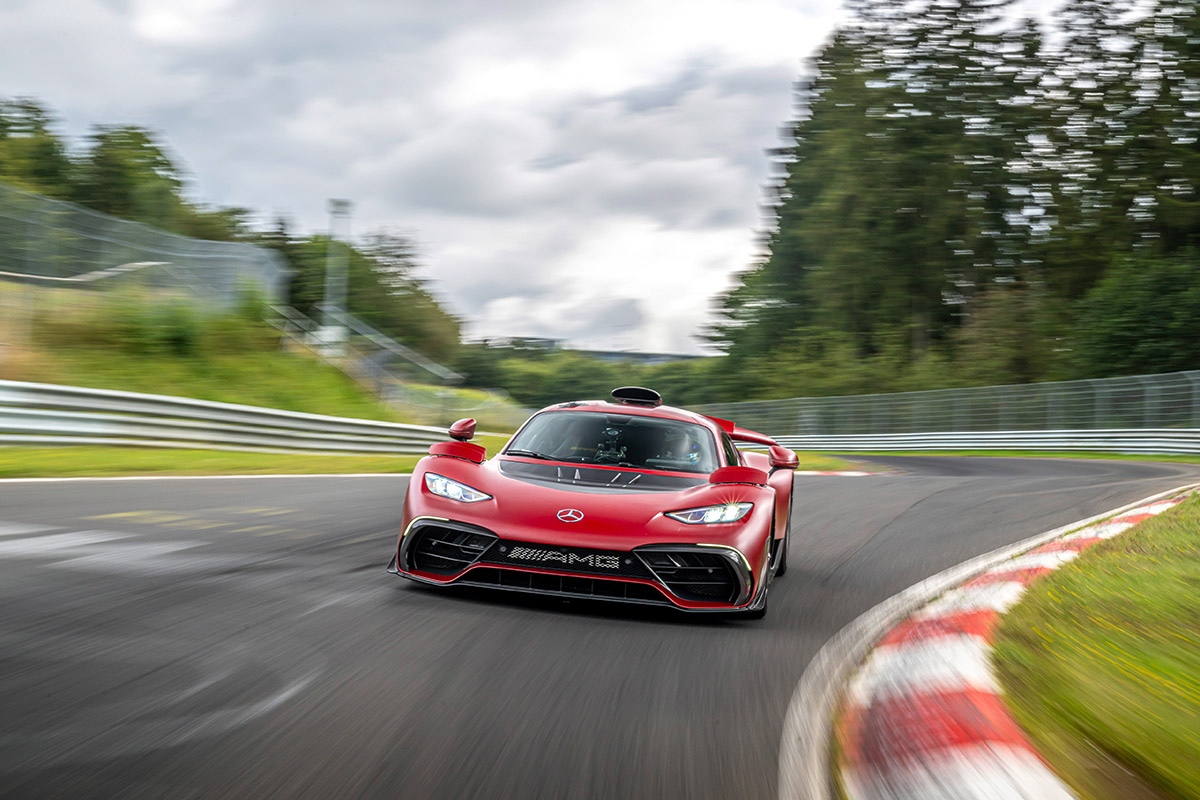
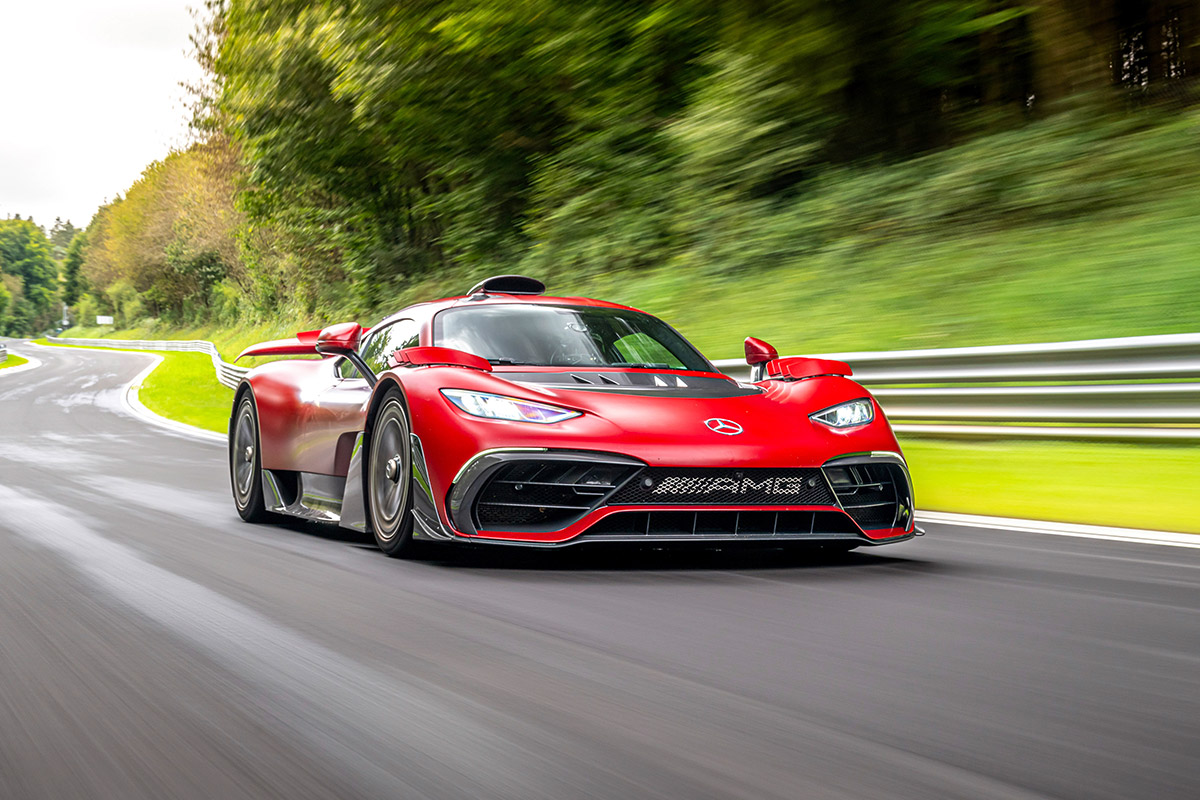
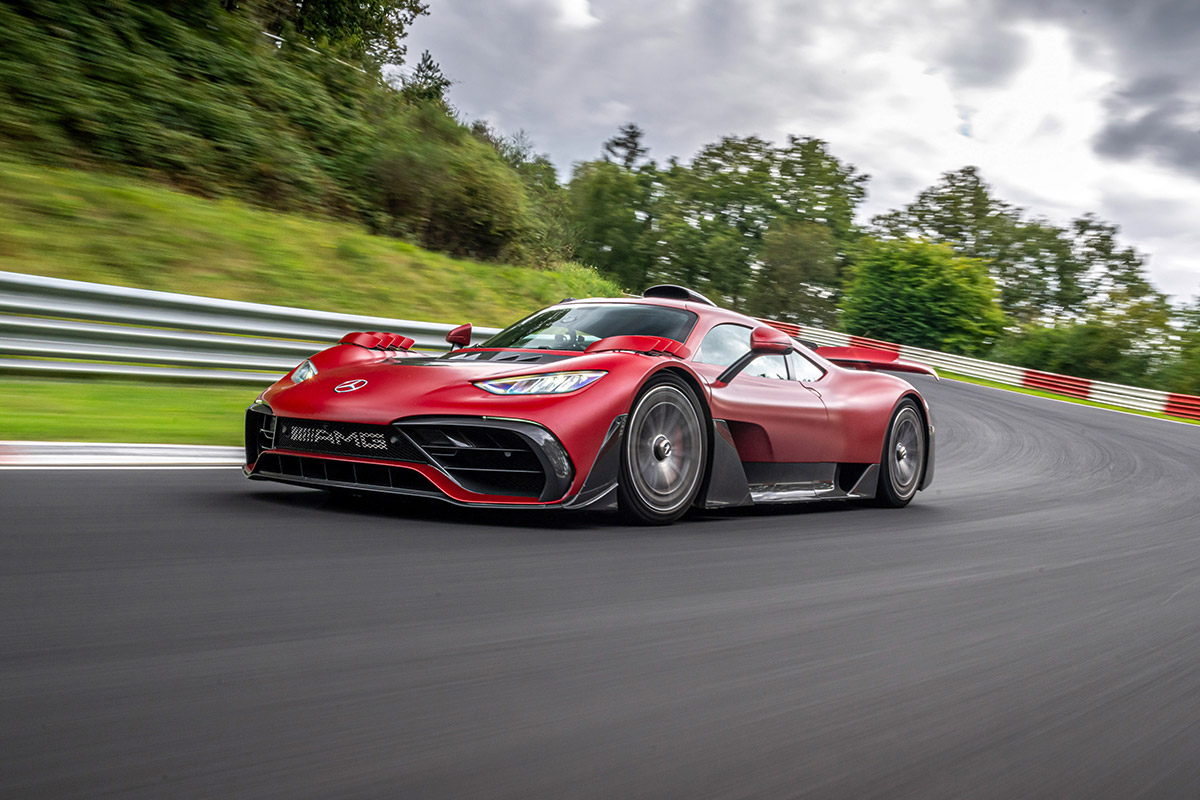
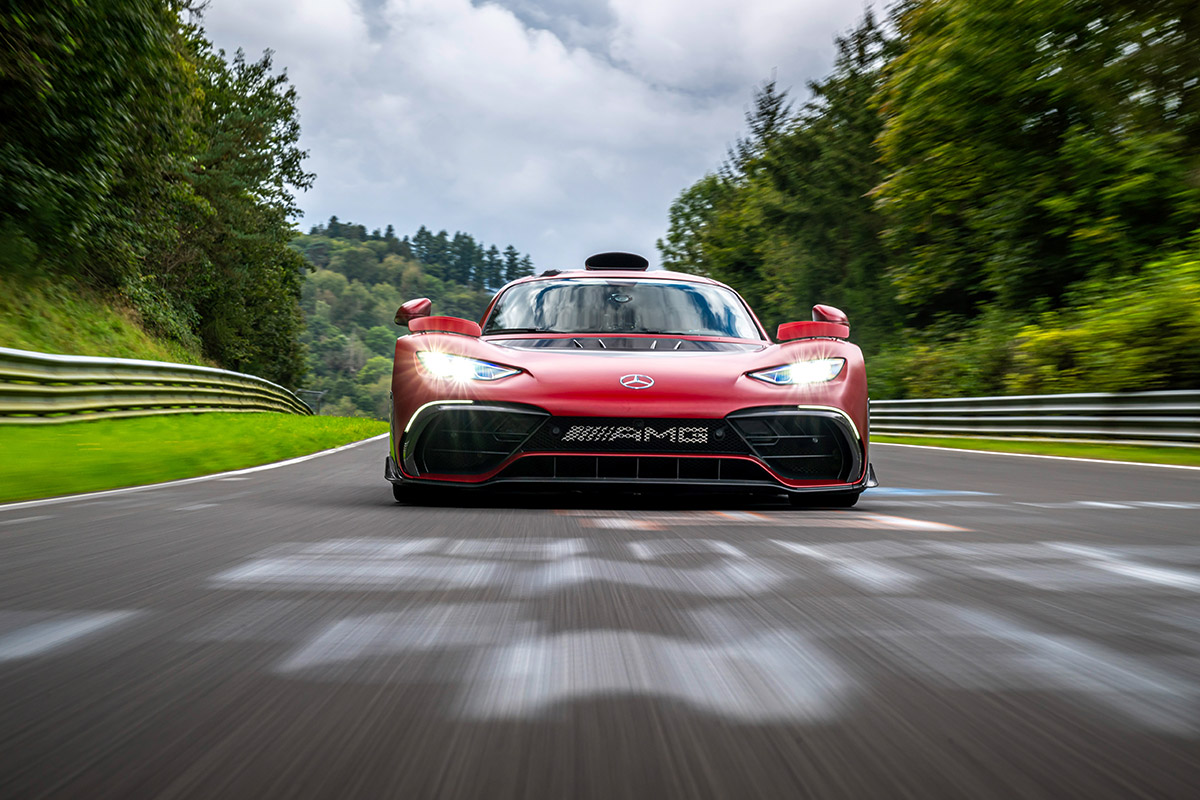
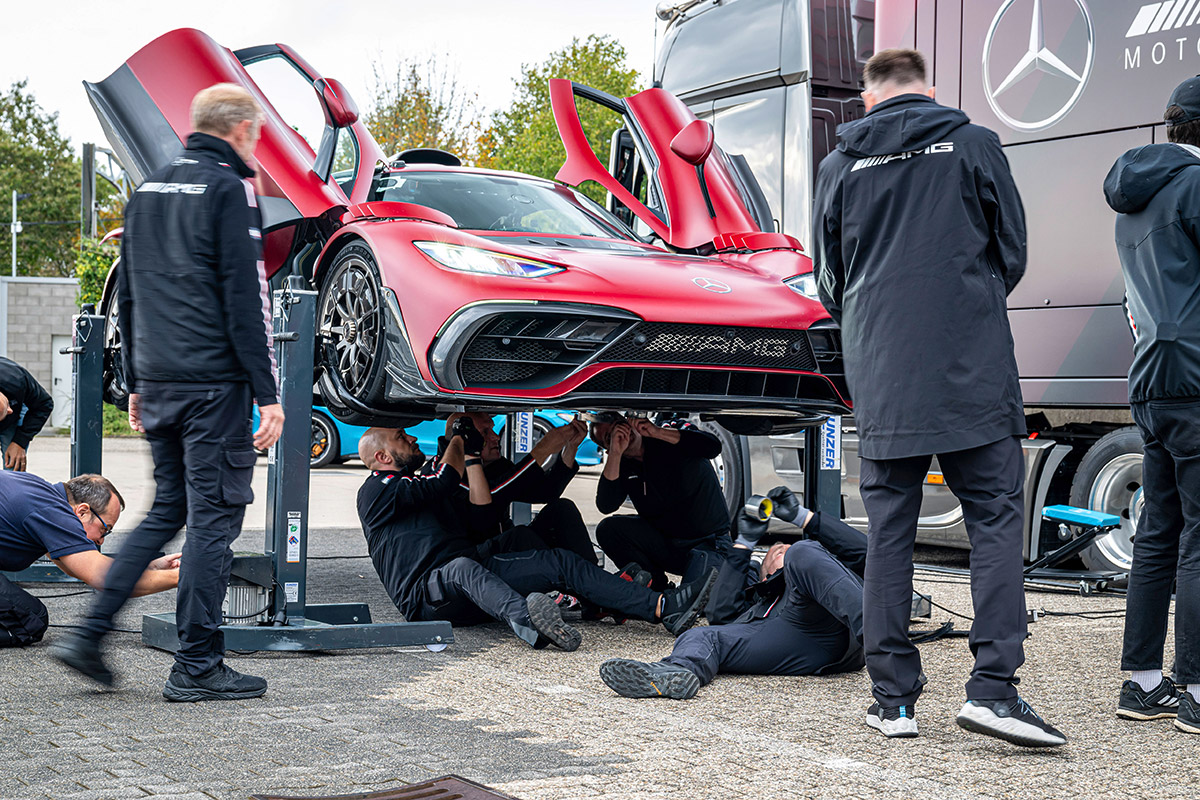
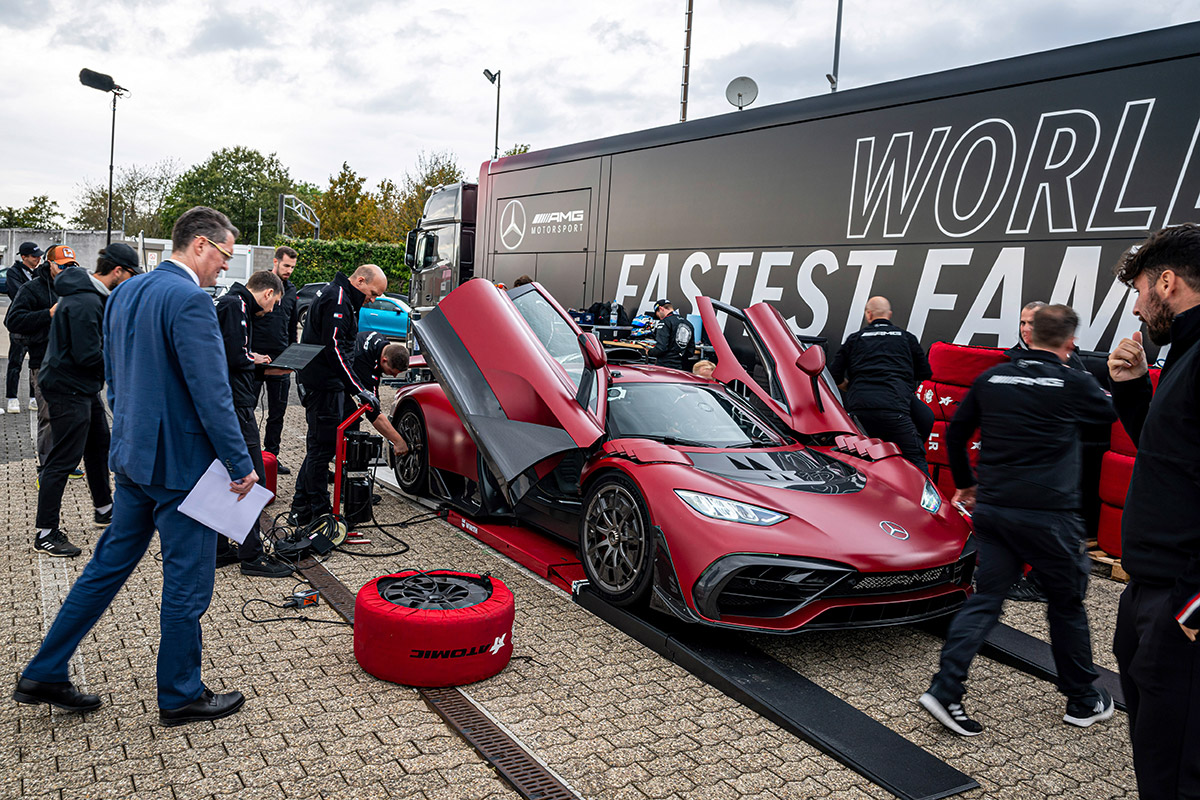
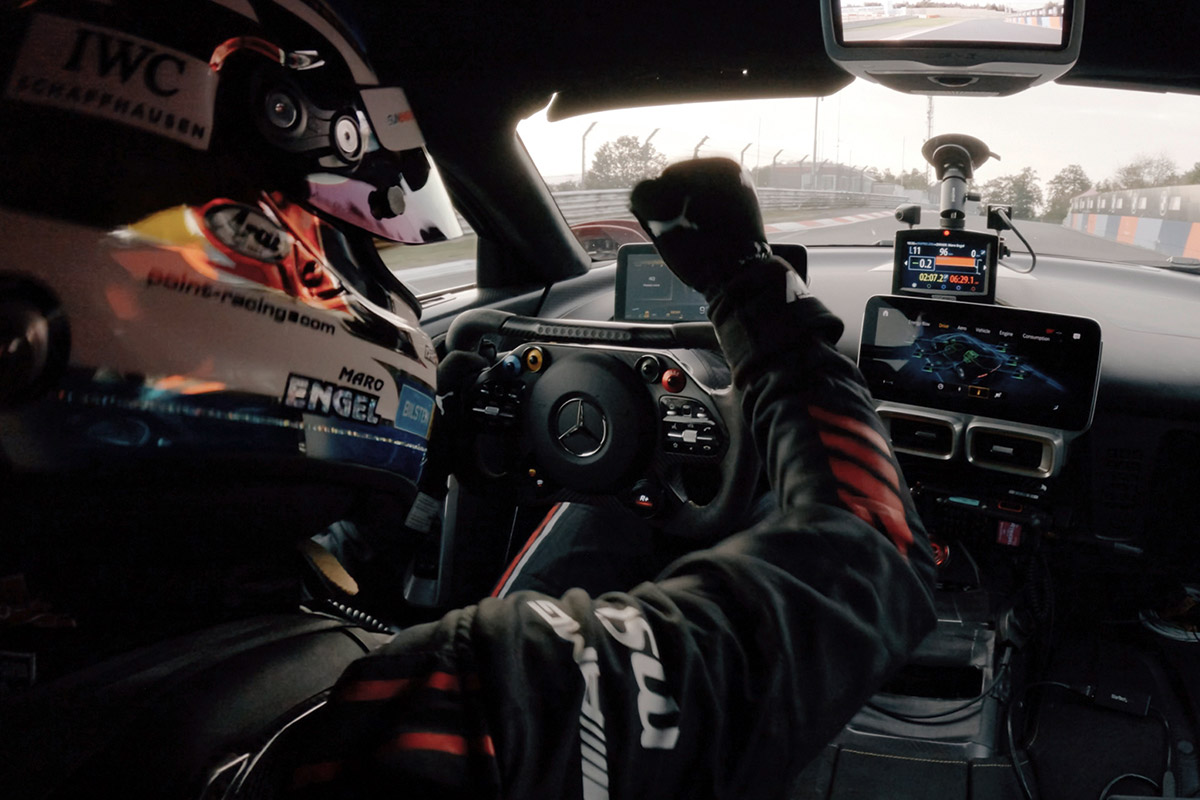
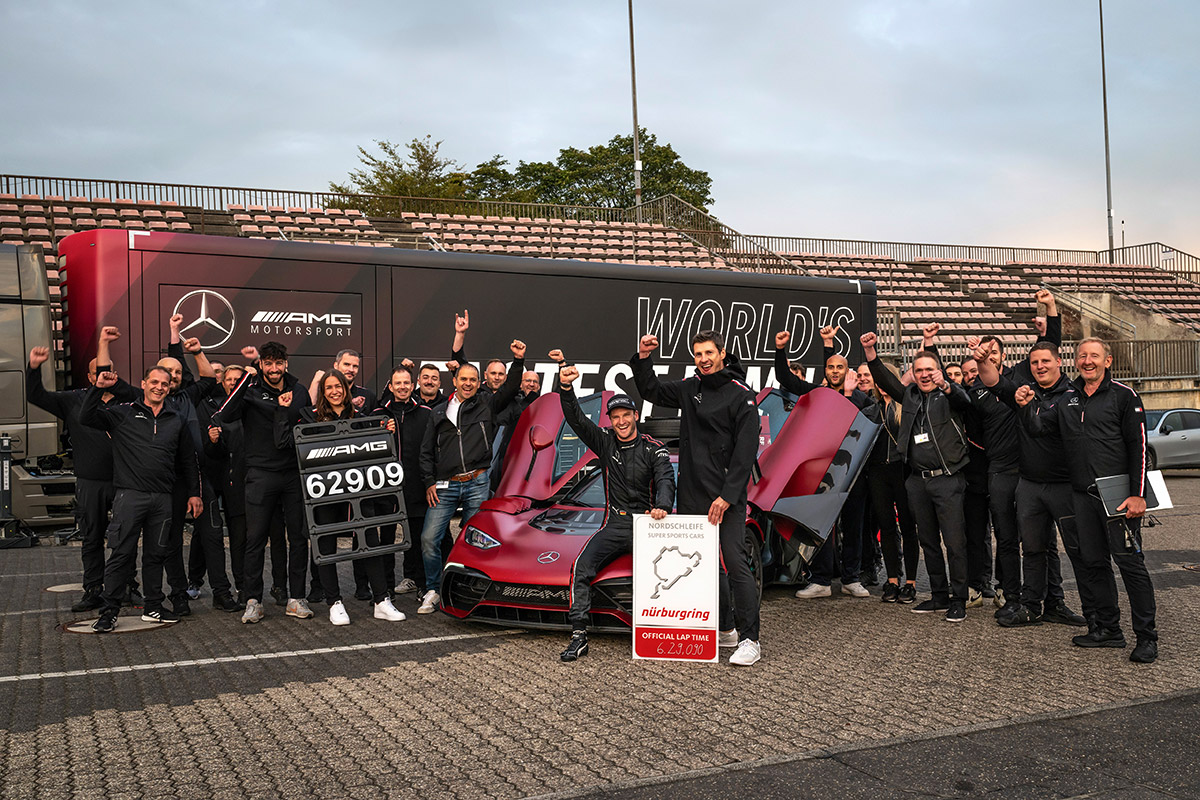
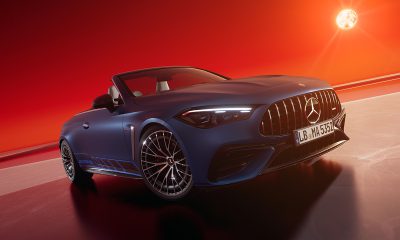

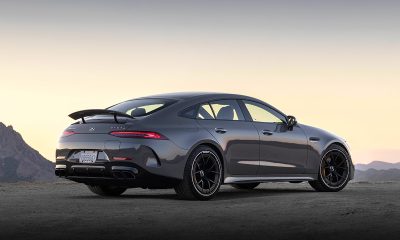

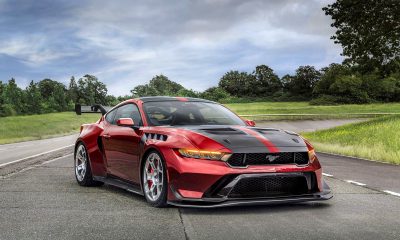

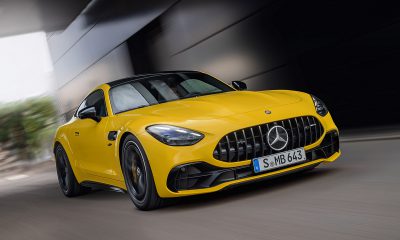

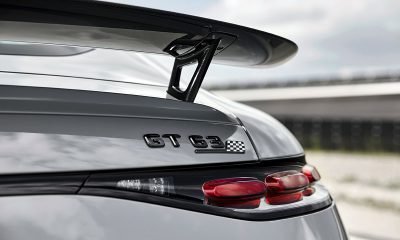

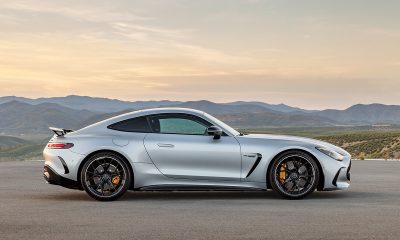















Recent Comments